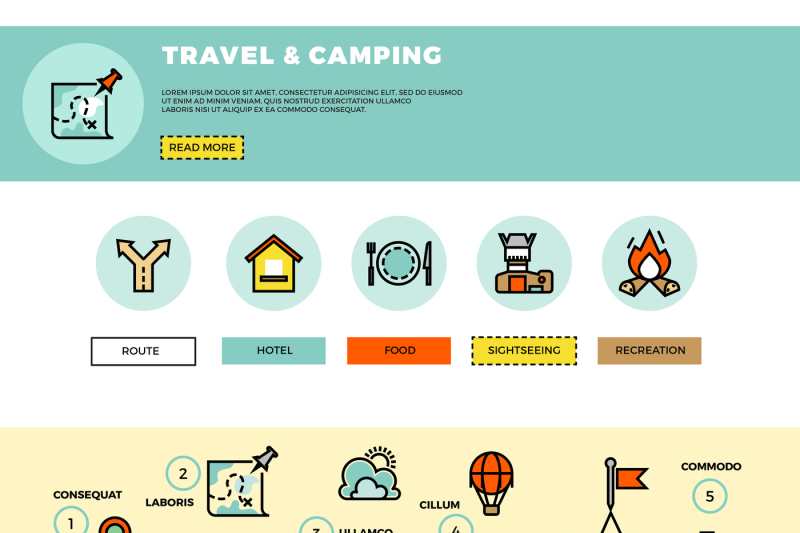Interior structure backpacks are smooth, form-fitting, and steady for tough routes. They work well for guys that require agility and balance, yet aren't necessarily thinking about hefty loads or cooler backs.
The gap in between the pack and your body permits air to stream, maintaining you cool on warm summertime hikes or strenuous climbs up. Their slimmer profile also decreases the opportunity of catching on brush, branches, or rock faces.
Comfort
It made use of to be that exterior framework packs were the mark of a daring spirit - you would certainly see young tourists travelling across continents and experienced thru-hikers raising their gigantic backpacks high up on their shoulders, foam resting pads and ideal treking boots lashed to their steel frames. However given that the advent of interior frame packs, which use hidden structures that contour versus your back, a lot of hikers have surrendered their timeless externals for something a little lighter and extra portable.
Internals are smooth and form-fitting, which makes them stable on sturdy routes and more comfortable when you're rushing off-trail. They additionally hold the weight closer to your body, guiding it down your spine for much better comfort designs. That said, internals can still feel bulky, especially when you're loaded up with camping equipment. Fortunately, modern internals vary from ultralight to luxurious styles with lots of functional pockets and areas for securing equipment. They additionally often tend to have a void in between the structure and pack bag that boosts air flow.
Security
Normally speaking, internal frame knapsacks fit well versus your back, which maintains your center of mass better to your body's natural stance. This enables you to shift your weight around without shifting your structure or pack setting too much-- a significant advantage for scrambling and other activities where your center of mass modifications on a regular basis.
They canvas tote likewise have a tendency to be much more steady when contrasted to outside frameworks, which can persuade and move under heavy loads. On top of that, they're easier to band gear straight onto, which is a substantial plus when you're bushwhacking and could run into sharp rocks or branches that could or else snag your pack.
In movie, directors often use a strategy called inner framing to confine and highlight a topic. Making use of elements like doors, home windows, and passages, filmmakers can evoke a sense of seclusion or confinement, adding abundant emotional subtlety to a scene. As a matter of fact, some of the most legendary scenes in Alfred Hitchcock and Stanley Kubrick films make use of interior framework methods to heighten thriller and stress.
Ventilation
When it concerns ventilation, your framework product can have a big effect on your home's air movement. We tend to focus a whole lot on insulation and resilience, however the structure design plays just as vital of a role in how well your doors and windows take a breath.
Internal framework backpacks came onto the marketplace in the 1970s, and they became popular due to their formfitting nature, which guided the lots closer to the body. This enabled better security on a walking and improved comfort designs as it allows the pack to ride even more upright on the back and hips, as opposed to off the shoulders.
Nonetheless, these packs additionally have the drawback of less air flow as they hug your back, which can lead to sweaty shoulders and upper body on warm days. Ventilated knapsacks like those made by zpacks, mld, and gossamer gear provide some relief from this problem, yet they're commonly 2 or 3 times larger than their non-ventilated counterparts.
Weight
A couple of decades ago, it was common to see square exterior structure knapsacks holding on the wall surface of your neighborhood gear shop. But today, the sleeker interior framework backpacks are ruling the tracks.
They're sleeker and form-fitting, so they hold the pack closer to the body. This assists maintain the lots on tough surface and while rushing off-trail. It additionally makes it much less likely that you'll snag your pack on a bush, branch or rock face.
The tighter fit, nevertheless, decreases air flow between your back and the pack. This can warm you up throughout summer hikes. And while improvements in style have made them lighter, the rigid frame of an outside frame pack might wear down your shoulder straps and hipbelt quicker than a suspension system with a built-in frame.
